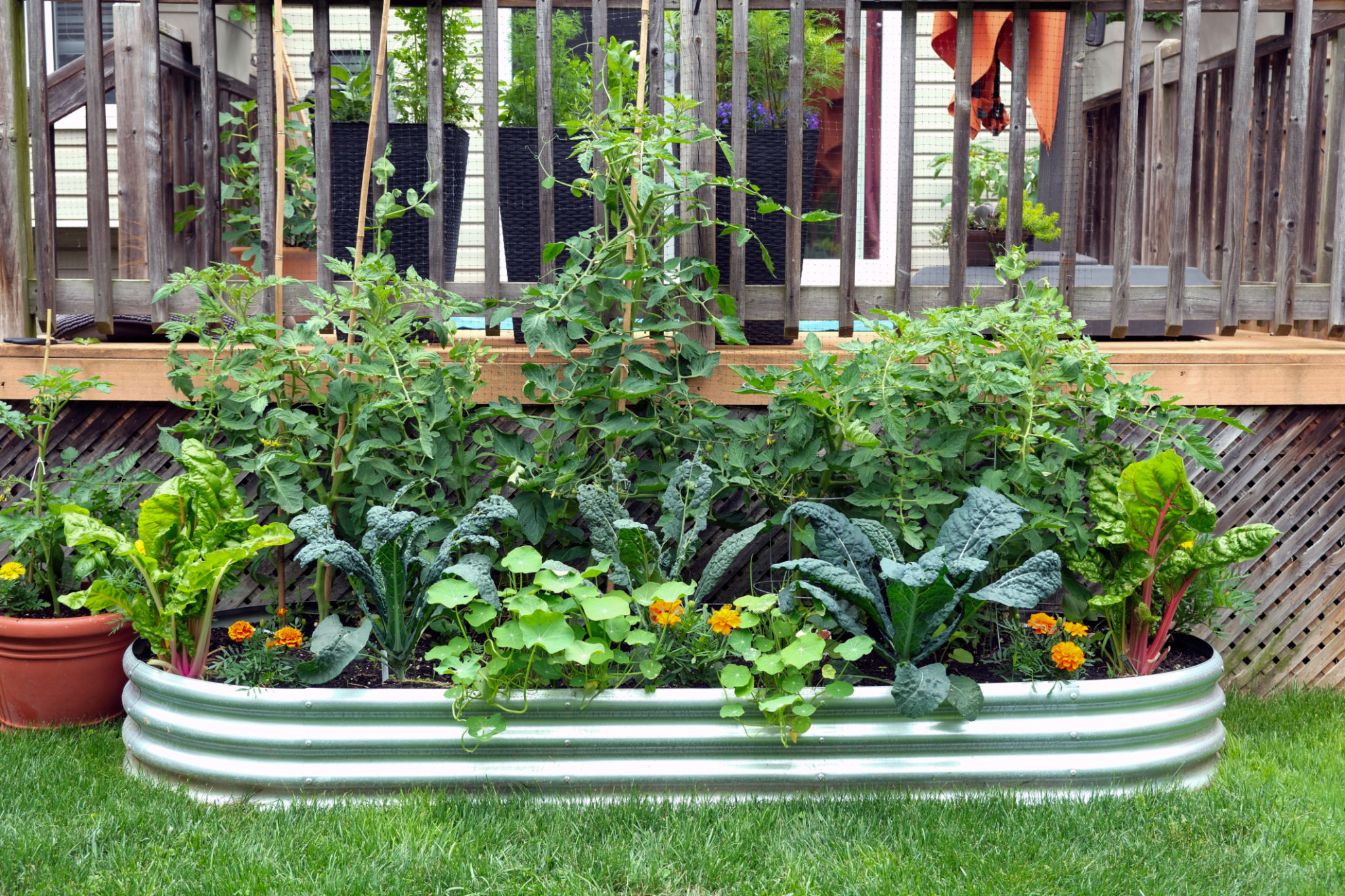Comparing Landscaping Trends: What's Hot This Year
FP
Embracing Sustainable Landscaping
In recent years, sustainable landscaping has become a major trend, focusing on eco-friendly practices that minimize environmental impact. Homeowners are increasingly adopting native plants, which require less water and maintenance, making them ideal for a sustainable garden. Additionally, rainwater harvesting systems are gaining popularity, allowing gardeners to reduce water usage efficiently.

Another significant aspect of sustainable landscaping is the use of organic fertilizers and pest control methods. By avoiding chemical treatments, gardeners can protect local wildlife and promote a healthier ecosystem. This shift towards sustainability not only benefits the environment but also creates a more resilient and self-sustaining landscape.
Outdoor Living Spaces: Expanding the Home
The trend of creating outdoor living spaces continues to grow, as homeowners seek to extend their indoor comforts outside. Patios, decks, and pergolas are being transformed into fully functional areas equipped with outdoor kitchens, comfortable seating, and even entertainment systems. These spaces are designed to be used year-round, enhancing the overall living experience.

Lighting plays a crucial role in outdoor living spaces, with solar-powered fixtures becoming increasingly common. These lights add ambiance while being energy-efficient and environmentally friendly. The integration of smart technology also allows for greater control over lighting and other outdoor features, making these areas more convenient and enjoyable.
Incorporating Water Features
Water features continue to captivate homeowners looking to add tranquility and beauty to their landscapes. From simple birdbaths to elaborate ponds and waterfalls, these elements create a soothing atmosphere and serve as focal points in any garden. The sound of flowing water can also help mask unwanted noise, providing a peaceful retreat.
Many are opting for low-maintenance water features that use recirculating systems, reducing water waste while still providing the desired effect. Additionally, incorporating aquatic plants and fish can enhance the biodiversity of these features, creating a balanced and vibrant ecosystem.

Edible Landscaping: A Functional Approach
Edible landscaping is gaining traction as homeowners seek to make their gardens more functional. By integrating fruit trees, vegetable patches, and herb gardens into their landscapes, individuals can enjoy fresh produce while enhancing their property's aesthetic appeal. This approach not only promotes sustainable living but also encourages self-sufficiency.
Companion planting is a key technique in edible landscaping, where plants are strategically placed to benefit each other. For instance, planting marigolds alongside vegetables can deter pests naturally. This blend of beauty and functionality makes edible landscaping an attractive option for many.
The Rise of Vertical Gardens
Vertical gardens have become a popular solution for those with limited space or urban environments. These innovative structures allow for the cultivation of plants on walls or stacked planters, maximizing available space while adding greenery to otherwise barren areas.

Aside from their space-saving benefits, vertical gardens can improve air quality and provide insulation for buildings, making them an eco-friendly choice. They also offer versatility in design, allowing homeowners to experiment with different plant arrangements and styles.